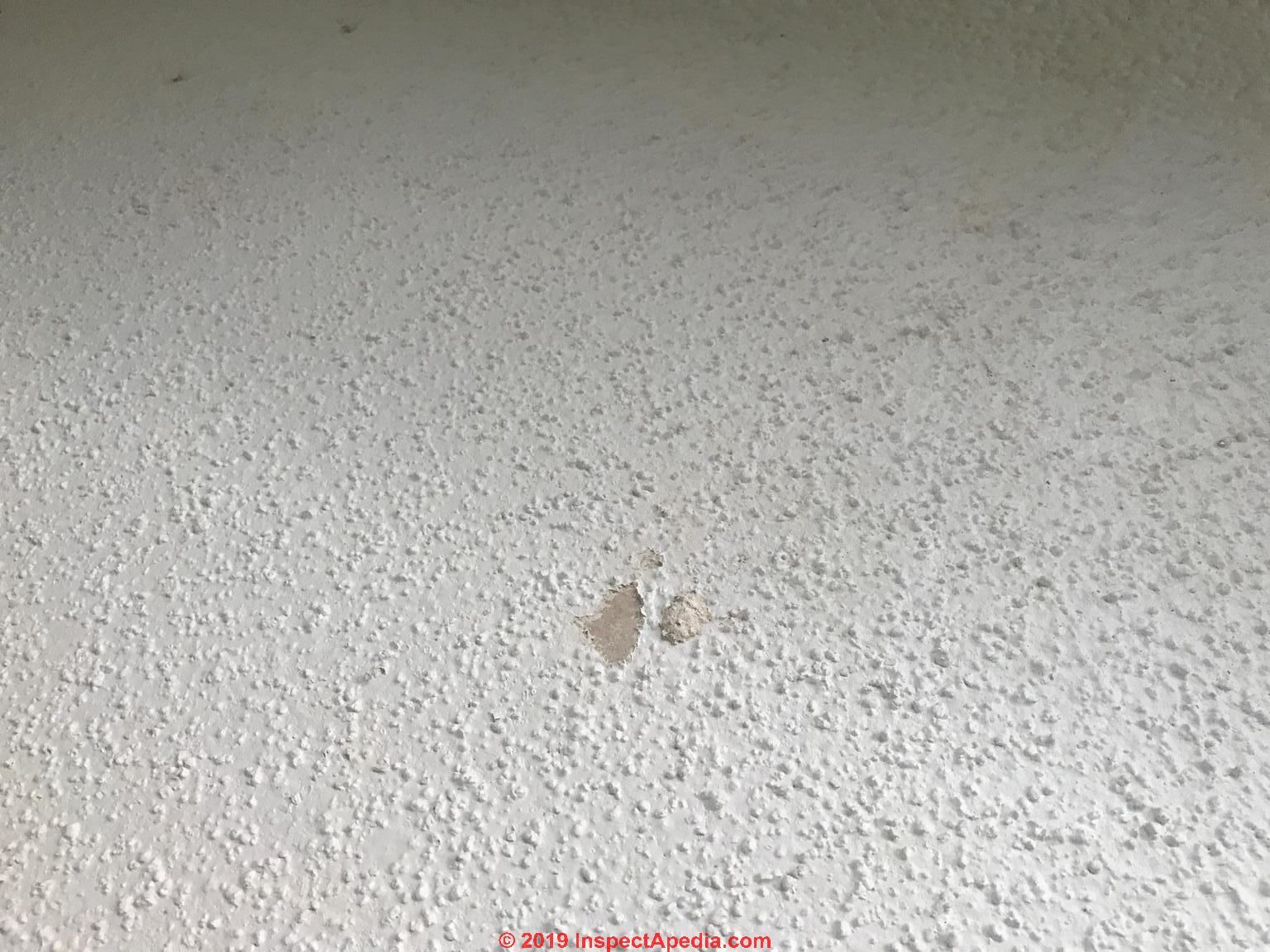

Older homes with lath and plaster walls rarely contain adequate insulation.That’s because the spaces between the lath and studs are often filled with a few inches of fallen plaster, which block the space and prevent an electrician from “fishing” new wiring through the walls. It’s difficult to retrofit lath and plaster walls with new wiring without cutting into the walls.If the settling is substantial, chunks of plaster are likely to fall off the lath framework. Over time, most houses naturally settle when they do, plaster, which is hard and brittle, can often crack.Lath and plaster construction does, however, have its downsides.įor all its ambience, character, and positive acoustical traits, there are good reasons why lath and plaster fell out of vogue.

RELATED: 15 Drywall Alternatives You’ll Wish You Had Known About Sooner 2. This makes it easier to create custom curves and arches in walls and ceilings. Lath and plaster is more contour-friendly than rigid drywall panels are.While plaster walls are smooth and flat, they can contain slight surface trowel marks that add some desirable Old World character to a home.Plaster is more fire-resistant than drywall.This is why older homes are often much quieter than new homes with interior walls that are made from drywall. The thick, dense layer of plaster dampens the transfer of noise from one room to the next.Lath and plaster walls provide a measure of insulation, helping homes stay warmer in winter and cooler in summer.This thickness offers some distinct benefits: In combination with the lath framework beneath, lath and plaster together comes to about 1¼ inch thick. A typical lath and plaster wall required a minimum of three coats of plaster, resulting in a dense, rock-hard coating nearly 1 inch thick. Powdered lime, sand, and fibers (often horsehair) were the traditional ingredients used in the creation of lath and plaster walls. Dense lath and plaster provides some insulation, fire resistance, and soundproofing. RELATED: What’s the Difference? Drywall vs. If your existing home has lath and plaster walls-or if you’d like to incorporate new plaster walls in a remodeling project-keep reading to learn more about this old construction method that’s gaining new fans. Lath and plaster construction is definitely an old school technique, but when compared to drywall, it has a few surprising benefits.
#Asbestos in plaster wall install
When drywall panels came on the scene in the 1950s, they soon replaced lath and plaster as a quicker, easier install option.


 0 kommentar(er)
0 kommentar(er)
